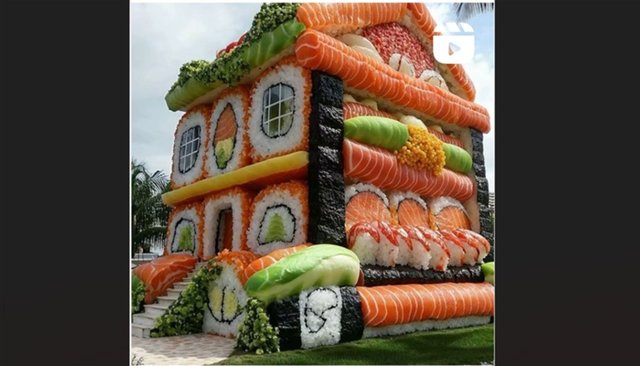A sushi house in Japan

A sushi house in Japan, known as a sushiya (寿司屋), is a restaurant specializing in sushi. These establishments range from small, family-run shops to high-end Michelin-starred sushi bars.
Types of Sushi Houses in Japan
- High-End Omakase Sushi Bars
Omakase (おまかせ) means “chef’s choice,” where the sushi master prepares a personalized meal based on the freshest ingredients.
Examples: Sukiyabashi Jiro (Tokyo), Sushi Saito (Tokyo).
Prices are high, and reservations are often required months in advance.
- Casual Conveyor Belt Sushi (Kaitenzushi, 回転寿司)
Sushi moves on a conveyor belt, and customers pick what they like.
Affordable and convenient, often found in shopping malls or near train stations.
Popular chains: Sushiro, Kura Sushi, Hama Sushi.
- Traditional Edo-Style Sushi Shops (Edomae-zushi, 江戸前寿司)
Features classic Tokyo-style sushi using aged or marinated fish.
Focus on technique and balance of flavors.
- Standing Sushi Bars (Tachigui-zushi, 立ち食い寿司)
Small, affordable sushi spots where customers eat standing up.
Ideal for a quick, high-quality sushi experience.
What to Expect in a Sushi House
Fresh Ingredients: Japanese sushi restaurants use the freshest seasonal seafood.
Minimalist Aesthetic: Traditional sushi houses have a simple wooden counter and a serene atmosphere.
Etiquette Matters: Customers should eat sushi in one bite, dip only the fish side in soy sauce, and avoid using too much wasabi.
Famous Sushi Districts in Japan
Tsukiji & Toyosu (Tokyo): Home to the famous fish markets.
Ginza (Tokyo): Luxury sushi restaurants with top-tier chefs.
Osaka & Kyoto: Unique regional sushi styles, such as pressed sushi (oshizushi).
Would you like recommendations for specific sushi houses in Japan?
Wow 😲 what an amazing building 👏 🏫